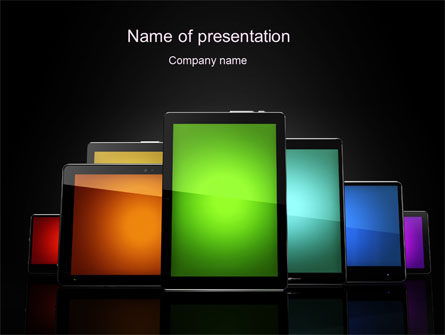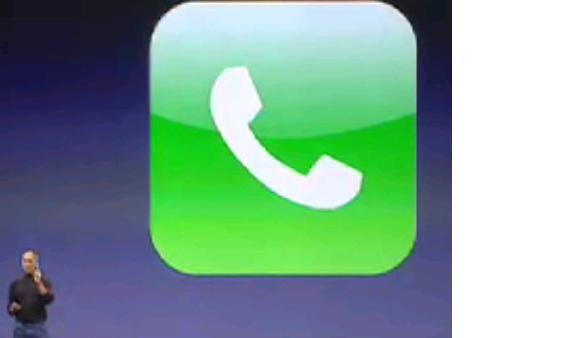Nothing can frustrate an audience more than listening to a boring or ‘bad’ public speaker.
One of the things that you should remember when delivering a presentation is that it is very easy to divert the audience’s attention. Once they find your presentation uninteresting, they will cease to pay attention to you. They will just let their mind wander or pay attention to something else.
It is your responsibility as a public speaker to avoid this.
Here are some tips on how you can grab the public’s attention when delivering your speech:









